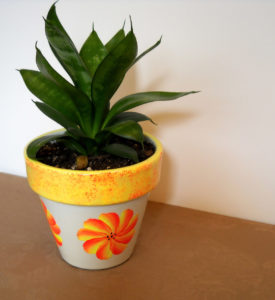This practicum provided perhaps the biggest opportunity for learning yet. I grew so much as an educator. I was nervous at first, having never been in a kindergarten class before and after struggling in the last practicum, particularly with classroom management. As such, that was my focus for much of the practicum. There was a learning curve, as kindergarten students have different needs than grade 4 students. They can not concentrate for as long, so lessons must be shorter, and have action breaks often. However, students were far more receptive to my warnings without me using an overly stern tone. With all students being gathered on a carpet for lessons, it was also much easier for me to observe student behaviour during lessons. I also improved in my ability to give warnings and then follow through.
As I have implied previously, much of my improvement in classroom management had less to do with my own direct growth in this area and more the difference in class layout and student disposition. That being said, the fact that it continued to develop over the course of the practicum does mean that not all of it was due to the change of grade. I found my rhythm and ways that worked for me in the class. I found ways that worked with my softer tone. I was able to do hands-on activities such as cooking and science experiments without the classroom descending into disastrous chaos.
It was not until about halfway through the practicum that I felt comfortable enough to focus on other aspects of teaching. I did not abandon the development of my classroom management, but I did lessen my single-minded focus on it. I started to develop my assessment and other aspects of teaching.
In kindergarten, front loading and modelling are also key aspects of teaching, more so than in older grades. As such, my abilities in these areas grew. My coaching teacher gave me some strategies that helped me to ensure that I remembered to touch on all the things necessary, something I struggled with in 490. I did learn that I did not often have time to properly front load and then do a detailed closing activity. As such, we would often revisit the lesson while the students were eating, especially when doing lessons that required lots of activity. When the lesson permitted it, I did find the use of a talking circle as an effective closing activity. Overall, I am quite happy with how this practicum went. I found a grade that I love to teach, and one that I am perhaps suited for. My confidence grew, as did my ability, and I feel far more ready to be a teacher than I did prior. I am very grateful to have had this experience, and to have met my coaching teacher. I am looking forward to my continued growth as an educator.
